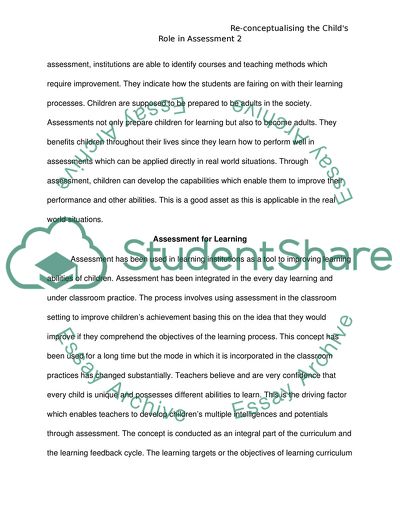Cite this document
(Re-Conceptualising the Child's Role in Assessment Research Paper, n.d.)
Re-Conceptualising the Child's Role in Assessment Research Paper. Retrieved from https://studentshare.org/psychology/1728805-reconceptualising-the-childs-role-in-assessment
Re-Conceptualising the Child's Role in Assessment Research Paper. Retrieved from https://studentshare.org/psychology/1728805-reconceptualising-the-childs-role-in-assessment
(Re-Conceptualising the Child'S Role in Assessment Research Paper)
Re-Conceptualising the Child'S Role in Assessment Research Paper. https://studentshare.org/psychology/1728805-reconceptualising-the-childs-role-in-assessment.
Re-Conceptualising the Child'S Role in Assessment Research Paper. https://studentshare.org/psychology/1728805-reconceptualising-the-childs-role-in-assessment.
“Re-Conceptualising the Child'S Role in Assessment Research Paper”, n.d. https://studentshare.org/psychology/1728805-reconceptualising-the-childs-role-in-assessment.


